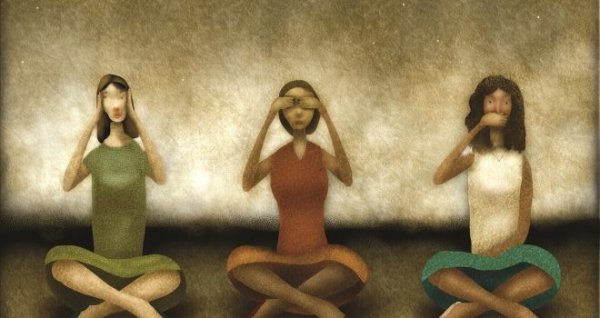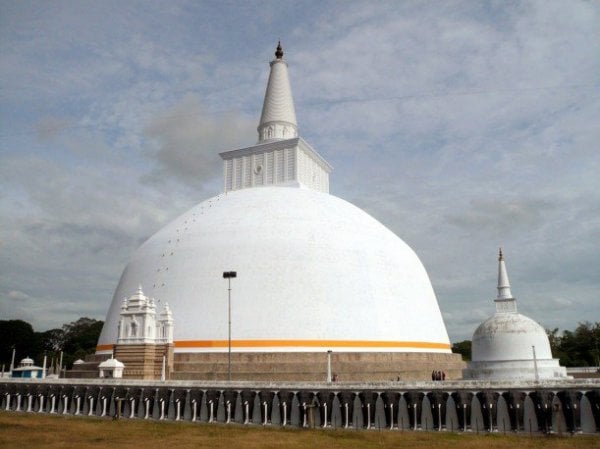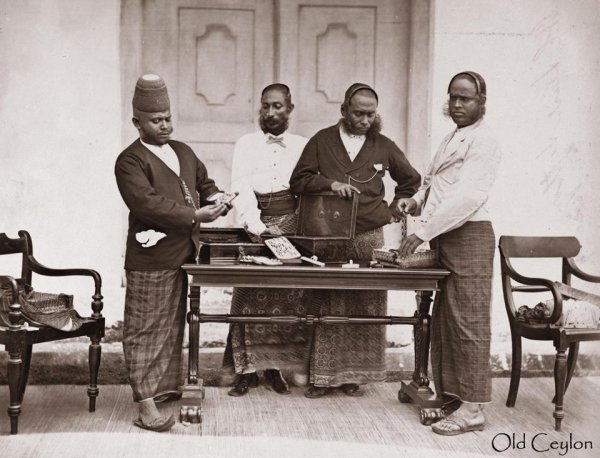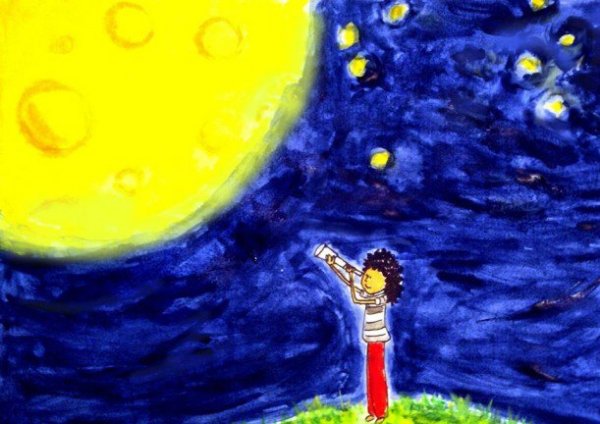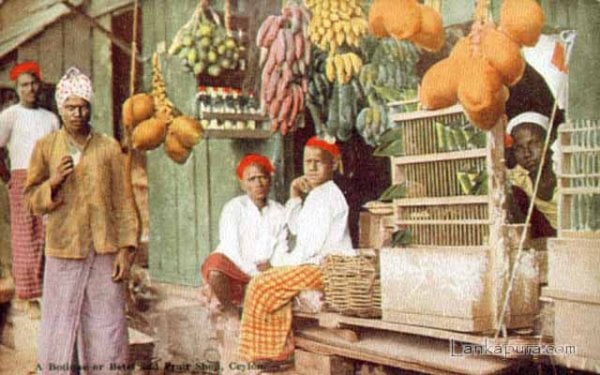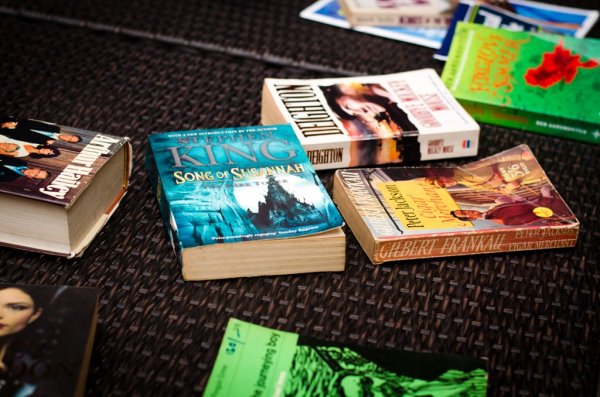
The only community that can lay claim to being the most purebred Sri Lankans, the Veddas, are nearing extinction. This is nothing new. But having travelled to Gal Oya and met with the Vedda community of the East, we were struck by how close we are to losing that fraying, living-breathing link to our country’s prehistory.
Who are the Veddas?
According to the Mahavamsa the Veddas are a direct line from the children of King Vijaya and his star-crossed Yakkshini Queen, Kuveni. If that is so, the Vedda community should have come into being sometime around the 5th-6th century BCE; before Plato, before Alexander the Great and, of course, before Christ was born.
Having stood the test of time for as long as they have, the Vedda community of Gal Oya is now almost well assimilated into the local Sinhala community. We met with the Vedda chief, Anigala Mahabandaralage Sudha Wanni Aththo (51), who still bears the body structure of the Yakkhas– short, lean, narrow shoulders and of a dark complexion.
A Walk with the Chief
With the traditional ax over his slight shoulders, and in a blue and white sarong tied neatly at his waist, he greeted us in the traditional Vedda way of cupping his fingers over ours – which is to make sure the visitors aren’t carrying weapons on them. After a brief introduction, we set off with the Chief into the thick jungle.
He strode through the jungle barefoot- unaffected by the thorny trails, streams we crossed and uphill climbs. The toes on his small feet were spread out unnaturally, but this is an evolutionary necessity as it gives the Veddas more stability while walking through the varied jungle terrain.
Survival over tradition
As we hurried along behind him, Chief Anigala narrated how his ancestors moved to Rathugala after the Danigala Village was inundated by the Gal Oya irrigation scheme. Since then, the developing world continues to corner them; pushing them further into extinction. He explained that 80 Vedda families remain in Gal Oya currently, and most of them have adopted the lifestyles of the Sinhala communities in the area. While they still set up traps for game, he said there are fewer animals in the area now making food scarce. Survival being more essential than tradition, they have been eating rice and curry, as most Sri Lankans do, for a while now.
He opined that the tribe will not last much longer though he has tried to preserve the Vedda traditions of his ancestors. Talking about his family, he adds that he has two children, but neither is interested in carrying on as Veddas. They aspire to be farmers once they have completed their academic education. Most Vedda children receive a formal education at the village schools, and most of the older children have taken up agriculture or contract labour. In attempt to preserve their traditions and culture, the elders round up the children every month and teach them the Vedda ways.
While he is resigned to the fact that his children are not interested in following Vedda traditions, he takes pleasure in demonstrating their hunting techniques, and showing us their medicinal plants and a foul scented bud that is their equivalent to super glue.
All these traditions of the Gal Oya Veddas will be lost with the next few generations. But little can be done to prevent it from going extinct at some point in time. Fighting development, the Veddas have been left behind and find it harder to survive while sticking to their traditional lifestyles.
Facts about the Veddas
- A rather precarious climb to fetch honey. The Veddas preserve meat in bee’s honey.
- That orange fruit is turned into something much like flour after several cycles of soaking and drying.
- The Veddas are better known as Wanniya-laeto (forest dwellers) and they follow a matrilineal social structure. This means they trace their ancestry from their mother’s line leading back to Kuveni.
- Anthropological evidence suggests that the decline of the Vedda population is also attributed to Vedda girls being trafficked into prostitution or sold as sex slaves, after being lured into accepting contracts to the Middle-East as domestic workers.
 Veddah Chief showing their medicinal plants
Veddah Chief showing their medicinal plants
